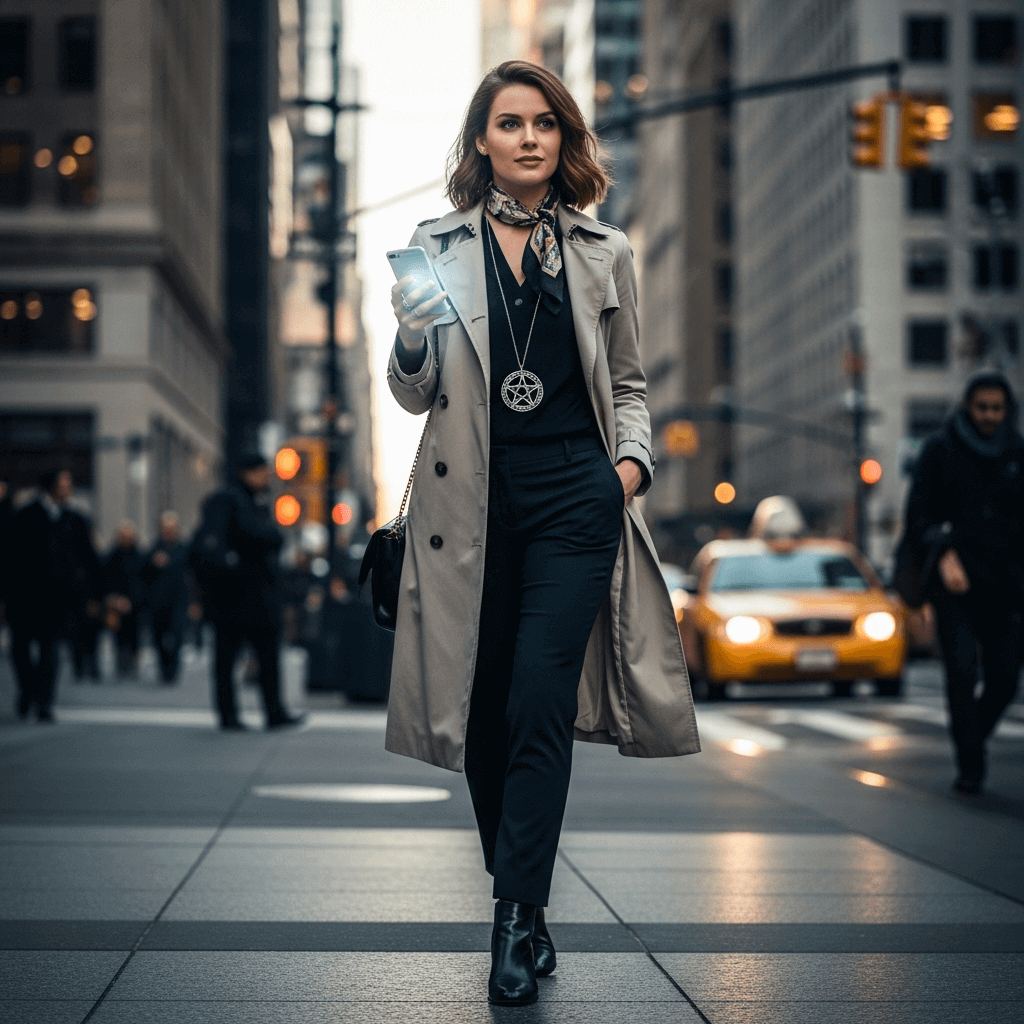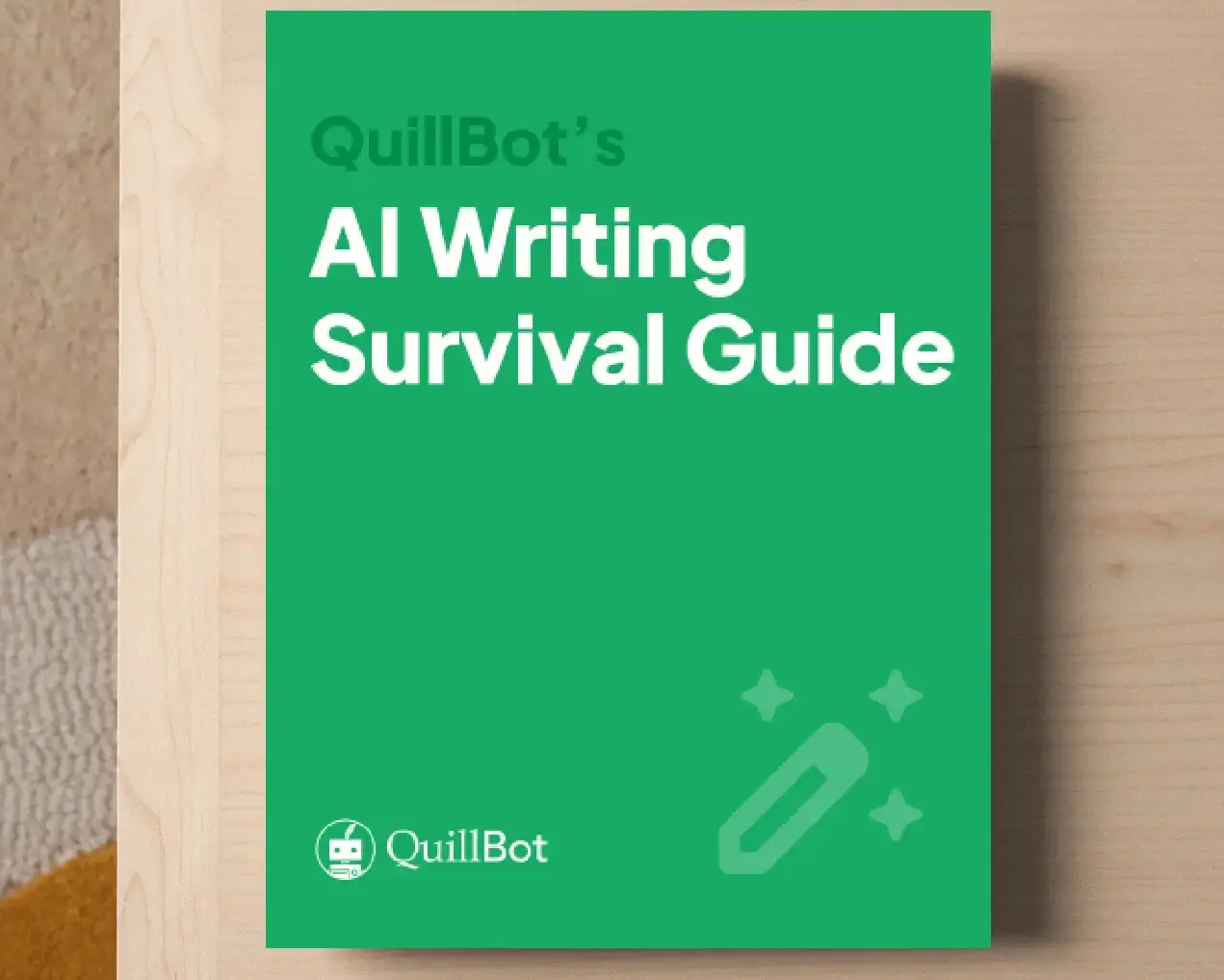What Are The Best Tools for Character Design?
Character design is the art of bringing imaginary people, creatures, or beings to life. Whether you’re a writer visualizing your protagonist, a game developer building a hero, or an artist sketching new concepts, character design is how ideas gain form and identity.
In the past, creators relied entirely on traditional media like pencil, paper, and paint to develop their characters. In the computer age, artists have also relied on digital rendering software. But today, character design is easier than ever thanks to AI character generators, like QuillBot’s free AI character generator, and similar tools from Perchance, Canva, Imagine Art, and Hotpot.ai.
So, what’s the best tool for character design? It depends on your creative goal, skill level, and workflow. This guide will help you understand what to look for and how to get started.
What are the best tools for character design?
The best tool for character design depends on you, your goals, and your abilities. Consider:
- Your project and its purpose: Why are you designing characters? Do you need a fully rendered character design, or are you just looking for some inspiration?
- Your skill level with design tools: There’s a whole gamut of character design tools out there, but not all of them are easy to use right out of the box. How comfortable are you with photo and graphics editing tools? Do you have experience with analog drawing or painting?
- The time you have: Can you afford to leisurely design your character? Or do you need to come up with ideas quickly? The more complex the tool, the more time you’ll have to dedicate to it.
Below are a few types of tools for character design, so you can decide which is best for you.
Traditional media
Before the rise of digital tools, character design started with pencil and paper. Many character designers still use sketchbooks to brainstorm expressions, body language, and costume ideas before moving to digital rendering.
Traditional media could be a good option if you’re not pressed for time and have some experience with drawing and painting. It’s a good option if you don’t need a digital version of your character—perhaps for writers who want visual ideas to inspire their prose or tabletop roleplayers who want to set the scene for their campaigns.
2D and 3D design tools
2D and 3D design tools offer character designers full creative control, but they can be difficult to learn and time-consuming to use.
Digital illustration programs like Procreate, Adobe Photoshop, and Clip Studio Paint let you create characters in two dimensions, and 3D tools like Blender, Maya, and ZBrush are best if you want to model, sculpt, and animate your character designs.
AI character generators
AI character generators remove technical barriers; you don’t have to be good at analog drawing or digital design to use them effectively. All you need is a clear, detailed prompt that summarizes your character, their personality, and their appearance.
This makes AI character generators—like QuillBot’s and the others mentioned above—great for people who are completely new to character design, who need to work quickly, or who simply want to brainstorm, experiment with, and visualize different character ideas.
Whenever using AI tools for character design and development, always review the output carefully to make sure it doesn’t infringe on the rights of another writer, artist, or designer.
Best AI character generators
The best AI character generators are easy to use, allow you to customize your character and the style they’re rendered in, and provide fast, high-quality results.
High-quality output
A good AI tool for character design needs to deliver high-quality output, so you have to spend less time fixing or regenerating images because of unrealistic proportions and mangled anatomy. The output should be clean and visually appealing on top of accurately representing the prompt you input.
QuillBot’s free AI character generator provides high-quality output for free.
Customizability
The best AI character generators also give you a high level of customizability. They let you experiment with different character types, genres, moods, and visual styles. The best AI character generators also let you iterate on your prompt, in case an idea occurs to you once you’ve already started generating your characters.
In addition to the details included in your prompt, QuillBot’s AI character generator lets you choose the style (e.g., anime, fantasy, realism) and aspect ratio (e.g., 3:4, 16:9) when generating characters. Or, if you’re not sure, leave it up to the AI!
Ease of use
Finally, the best AI tools for character design are easy to use. They don’t oblige you to go through complicated registration processes, and they have user-friendly, clean interfaces. They should generate results quickly and have straightforward iteration capabilities.
QuillBot’s AI character generator is straightforward for anyone, whether you’re a total novice or an experienced designer.
How to use QuillBot’s AI character generator
QuillBot’s AI character generator combines all of these traits in a user-friendly interface designed for creativity and iteration.
1. Brainstorm and collect ideas
Start by brainstorming who your character is and why. What are their motivations and goals? Their fears and weaknesses? How does their personality relate to their appearance, and vice versa? What’s this character’s journey?
Avoid copying other characters you’ve come across or basing your character on a specific, real-life person, as this can result in copyright infringement and/or misappropriation of image.
Corinne makes a list of these qualities so she can put them together in a prompt for AI.
2. Write a strong prompt
The more descriptive your prompt, the better the results. Your prompt is your instructions to AI. Include:
- What your character looks like
- What makes them unique
- What they should be wearing in the image
- What the setting of the image should be
- What their emotions should be in the image
“Show a modern-day witch in downtown New York City. She is elegant and stylish, wearing classic clothes (no cape, no witch’s hat). In fact, you wouldn’t know she was a witch except for subtle details. She’s completely comfortable in the city.”
3. Review and iterate
Finally, review the AI character generator’s output. If there are elements you don’t like, iterate on your prompt, editing it until you get your desired output. You can do this—and when you have an image you like, download it—all from the same screen. Carefully review your image for potential copyright infringement, too (and ask an expert if you’re not sure).

Corinne likes it, but decides that the witchy pendant is too much. She iterates on her prompt, and edits the part that reads “(no cape, no witch’s hat),” to “(no cape, no witch’s hat, no jewelry with magical symbols”).
Character design ideas
These are some character design ideas if you need inspiration to get started. Try drawing from:
- Mythology and folklore
- Your favorite genres
- Real-world cultures or professions
- Dreams or everyday observations
- Art, science, and history
Here are a few sample prompts to experiment with in QuillBot’s AI character generator. Try iterating on these to get a sense for how the tool works.
- A steampunk inventor with mechanical wings and goggles covered in soot. You can’t see his eyes because of this. He is an old man, with a long, well-cared for beard. He has an imposing presence, as though he is an important person.
- A mermaid queen surrounded by glowing jellyfish. She is beautiful but slightly frightening, with long, swirling hair that tangles in the seaweed and sharp, pointed nails. Despite her appearance, she looks calm, relaxed, and good-hearted, a fierce but kind protector of the sealife in her kingdom.
- A detective cat in a noir-style city. The cat is not anthropomorphized, it’s actually a cat, but with a little hat, cloak, and magnifying glass. The dark city appears normal at first, until you realize the background figures are also animals: dogs, rats, pigeons, foxes, squirrels, and more. The cat detective seems to be following a lead, but cautiously.
These examples show how flexible the tool is—you can visualize almost any concept in seconds.
Frequently asked questions about The Best Tools for Character Design
- What are some character design tips?
-
Some character design tips are:
- Start with a clear idea of your character’s role, personality, and story
- Focus on aesthetic styles, color schemes, and fashions that reflect who they are
- Test different variations until the design feels consistent and believable
- Use digital tools to help you experiment
You can use QuillBot’s free AI character generator to quickly visualize a character design and iterate until you find one that you like.
- What is a bad character design?
-
A bad character design is one that is forgettable, confuses the audience, or fails to reflect the character’s role or personality. Common issues include:
- Cluttered details
- Inconsistent proportions
- Lack of originality
- Elements that don’t align with their story
For example, a female archaeologist who travels to digs in a business suit and heels would probably be bad character design (unless this design is well-explained by her story).
QuillBot’s free AI character generator can help you experiment with clearer, more cohesive designs.
- How do you design a character?
-
To design a character:
- Define your character’s goal, backstory, and journey
- Describe their traits (both appearance and personality)
- Explore visual references that connect to their story
- Sketch or generate visuals to experiment with different variations on the design until it aligns with your vision
- Work on the final design
- Check with an expert that you are not infringing on anyone else’s rights
Want to bring your character concepts to life instantly? Use QuillBot’s AI character generator to brainstorm, experiment, and iterate.
- Is QuillBot’s character generator an AI anime character generator?
-
Yes, QuillBot’s AI character generator is an AI anime character generator. You can include details in your prompt that tell the AI you want an anime style, and you can also choose “anime” as the style setting.
Some other styles you can choose when working with QuillBot’s character generator are “artistic,” “cinematic,” “fantasy,” and “realism.”
Cite this Quillbot article
We encourage the use of reliable sources in all types of writing. You can copy and paste the citation or click the "Cite this article" button to automatically add it to our free Citation Generator.
QuillBot. (2025, November 10). What Are The Best Tools for Character Design?. Quillbot. Retrieved November 11, 2025, from https://quillbot.com/blog/image-tools/what-are-the-best-tools-for-character-design/

